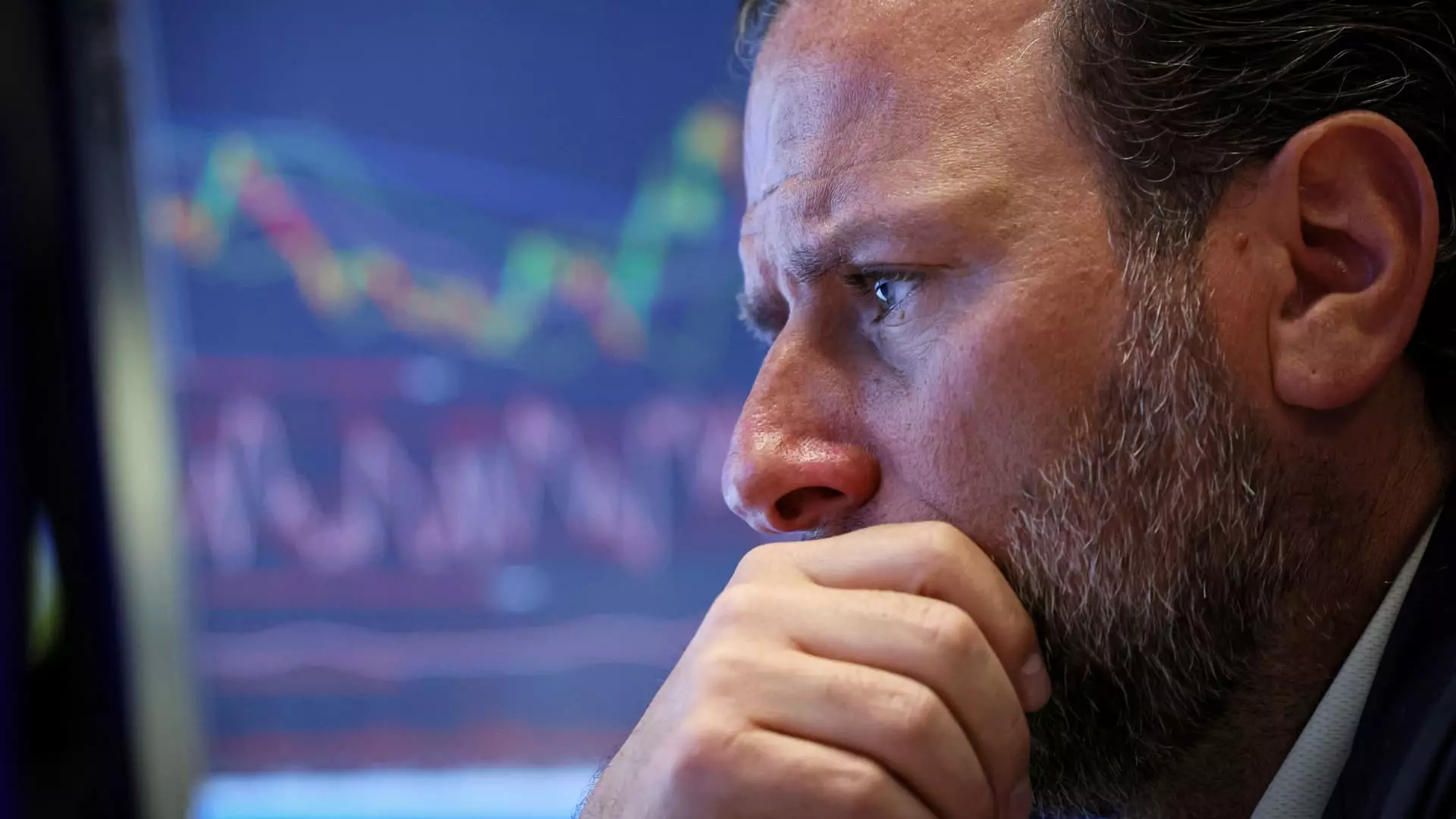According to Goldman Sachs, the magic number to watch out for in terms of rising yields negatively affecting equities is when the 10-year Treasury yield hits 5%. This conclusion is based on a new 19-page paper that analyzes market data since the 1980s. The correlation between bond yields and stocks turns negative at this threshold, indicating a potential problem for equity investors. However, it is important to note that there is no exact figure, but historically 5% has been a significant point of concern for equities.
Currently, investors find themselves in the “optimism phase” of the market cycle. Confidence is high, and complacency is growing, leading to increased valuations. This situation makes equity markets particularly sensitive to movements in bond yields. When yields rise due to news of overheating and higher inflation, equities tend to underperform. On the other hand, when the market anticipates central banks cutting interest rates, equities tend to outperform.
The 10-year Treasury yield, a crucial indicator for various sectors such as mortgage rates, auto loans, and credit cards, has increased by almost 80 basis points this year. This rise reflects the market’s adjustment to a higher-for-longer rate environment. With the current Federal Reserve’s fed funds rate for overnight lending at 5.25%-5.50%, there is a shift in market expectations regarding interest rates. Initially, the market predicted at least six interest rate reductions, but now it is pricing in a 75% chance of just one rate cut.
Renowned investor Warren Buffett has emphasized the significant impact of interest rates on all types of investments. Higher rates exert a gravitational pull on asset values, reducing the present value of future earnings. This phenomenon makes risk assets less attractive as Treasury bills and notes offer competitive yields with lower risk compared to stocks. Rising yields create a dilemma for investors, forcing them to reassess their risk tolerance and investment strategies in a changing interest rate environment.
Rising yields have the potential to spoil stocks’ rally, with the 5% threshold on the 10-year Treasury yield serving as a key indicator. As market conditions evolve, investors must remain vigilant and adapt their investment approach accordingly. Understanding the relationship between bond yields and equities is crucial in navigating volatile market environments and making informed investment decisions.


Leave a Reply